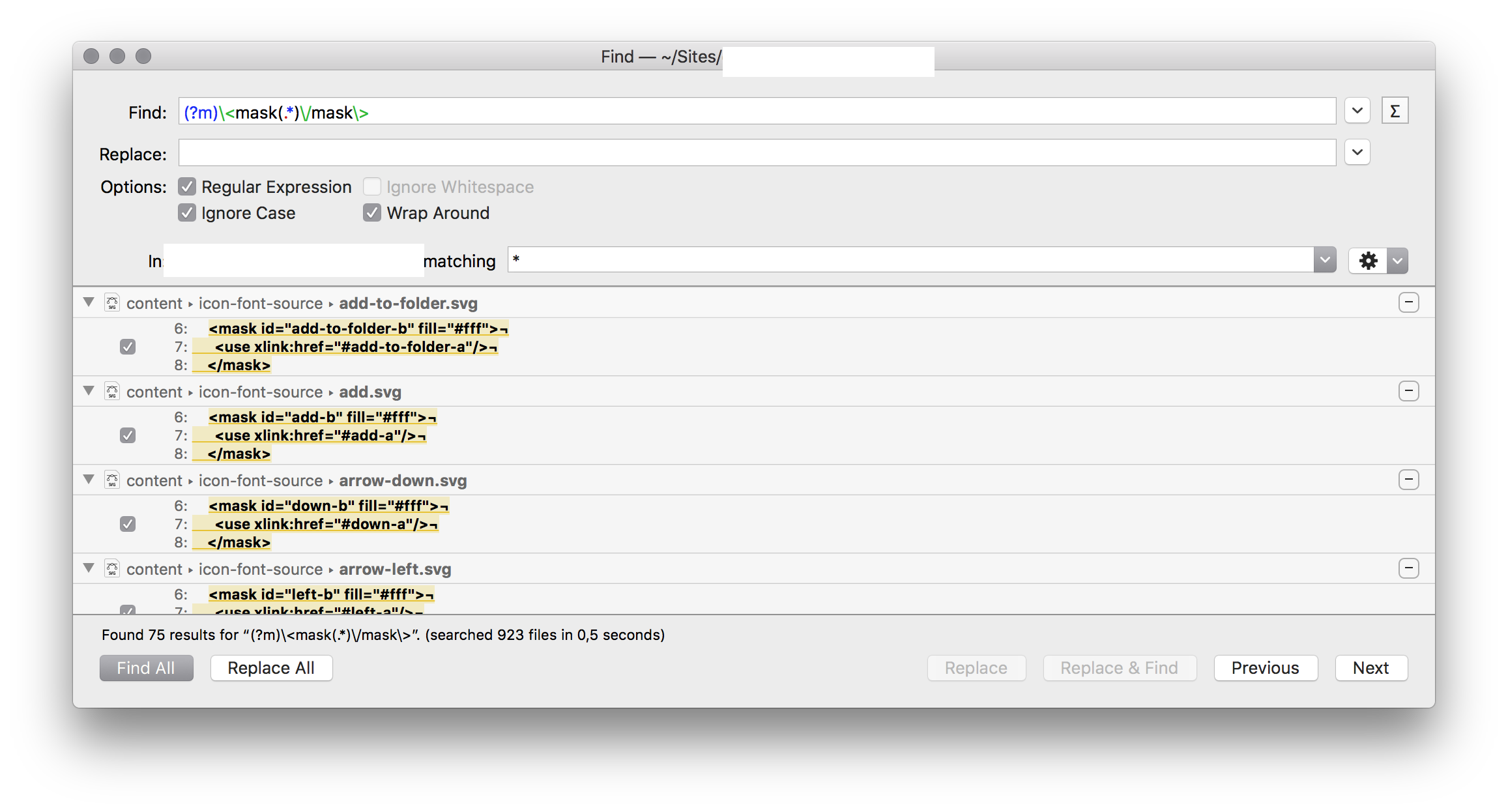At work we’ve been doing a bit of research regarding point of sale systems.
Every time I pay in a situation that is a bit different than the usual cash or debit card situation, I try to document it in order to improve the research.
Last night I was at Boomtown at the Gentse Feesten, this is a series of concerts that go on for about a week during the 10 day Ghent city festival that goes on every year.
They have this system where you can go cashless.
It’s supposed to be an improvement over the normal way of doing things (which would be food/drink vouchers) but it’s not.
With these kind of systems things tend to first have to get worse before they get better.
What I mean by this is that the new way of doing things has to mature in order to replace the old way of doing things.
However, I am not sure if this system will ever be better than physical tickets for short-term events.
The old way, in this case, would be to sell food and ticket vouchers which you can then use to pay for your things.
The reason we want vouchers is because when somebody comes up to pay, we want to minimize the payment interaction between the customer and the cashier.
3 beers means 3 drink tickets: easy.
The new cashless system, the interaction is swiping a card, which is easier, especially for large interactions. No need to count 16 vouchers, it’s just a card swipe.
I believe a cashless system can be better, but not for short term events like Boomtown where you go in for a few hours. Instead of going to enjoy the concerts you are now first presented with the task of figuring out how to get a drink.
Because of the way the prices are set up (2.8 euros for a beer, 1 euro for an exchange beaker, 5 euros admin cost to get your remaining money back via a website (!)) you are constantly doing some minor calculus to try and figure out if you can get another beers, whether you need to top up your card etc.
Add in the factor of multiple people buying multiple cards which all look the same and things just get utterly confusing.
I understand the advantage of a cashless system for multiple-day festivals (e.g. Melt in Germany or Tomorrowland in Belgium) but it just doesn’t work for short-term events.
You could argue that Boomtown is a multiple day festival but I think the majority of people go there just once or twice during the Gentse feesten and that means they are confronted with the same problem.
I did enjoy looking at the technology. Here are some vague pictures.
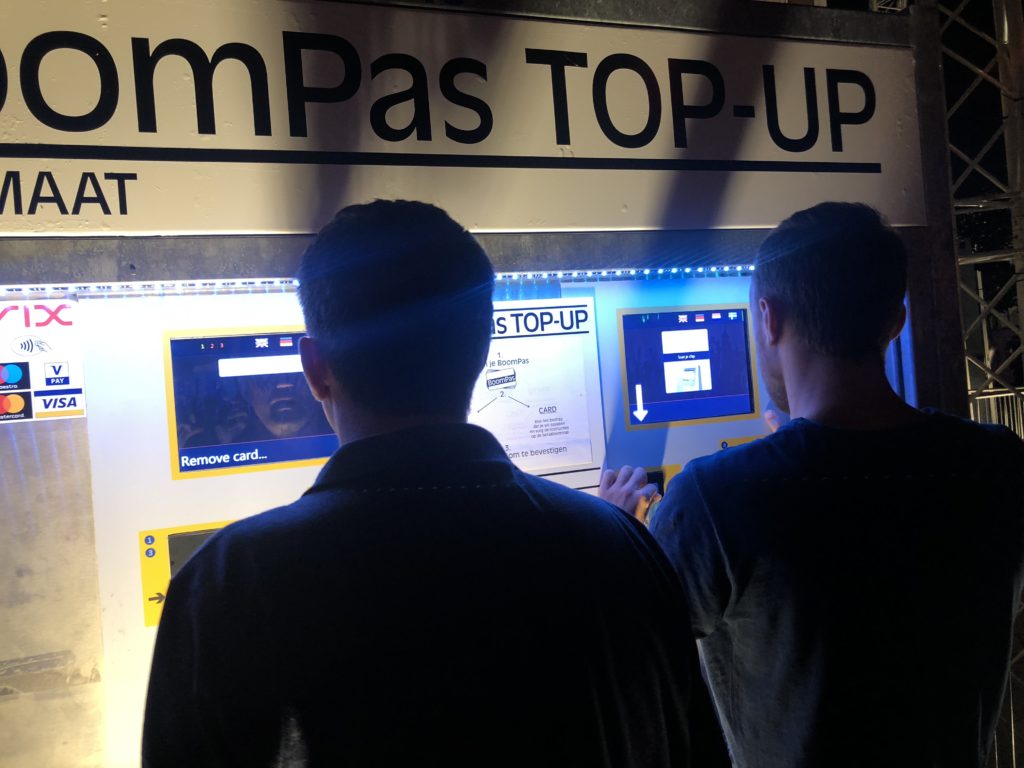
People trying to figure out the system.

My opinion after a few beers
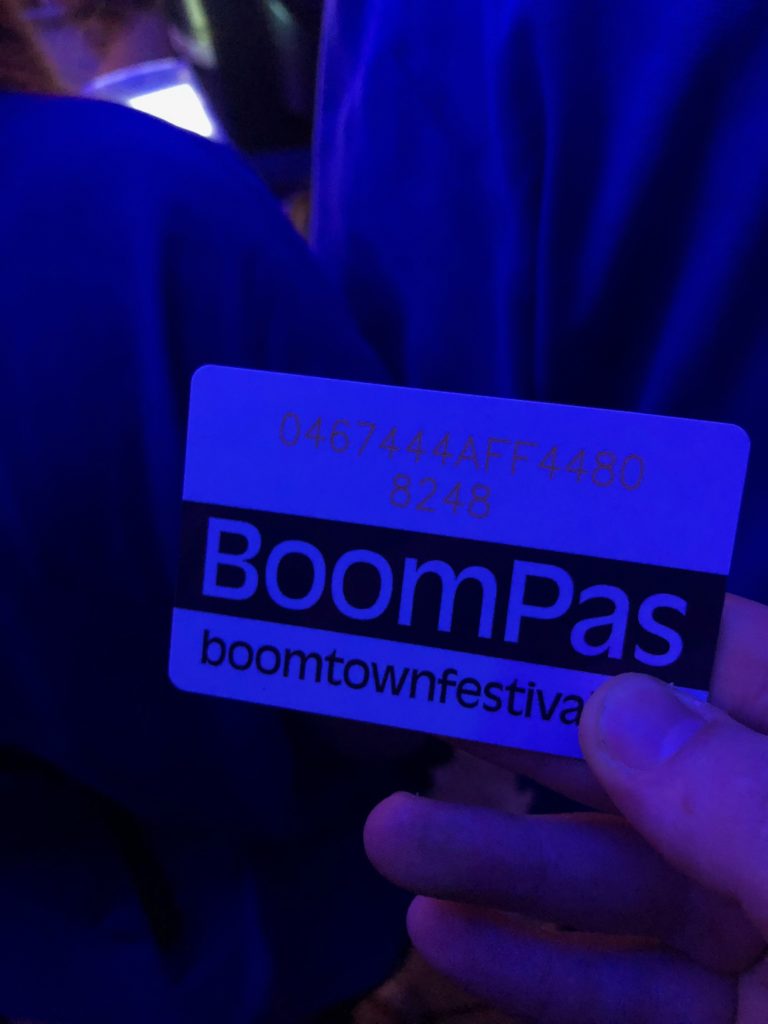
The card itself
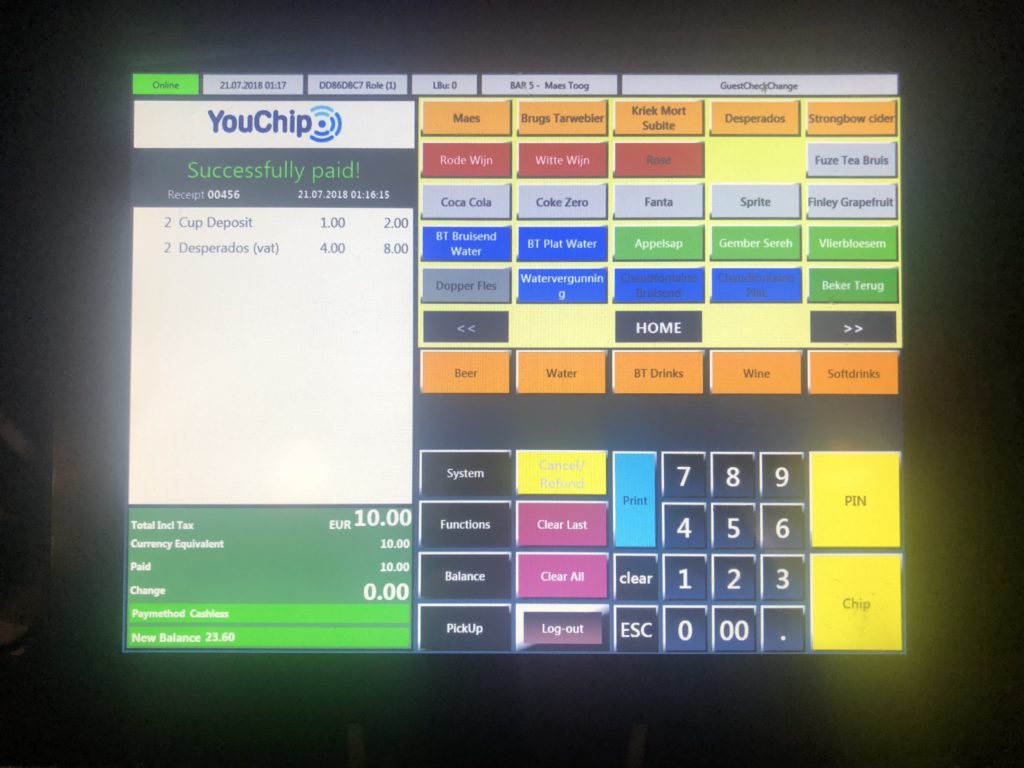
The cashier’s point of view
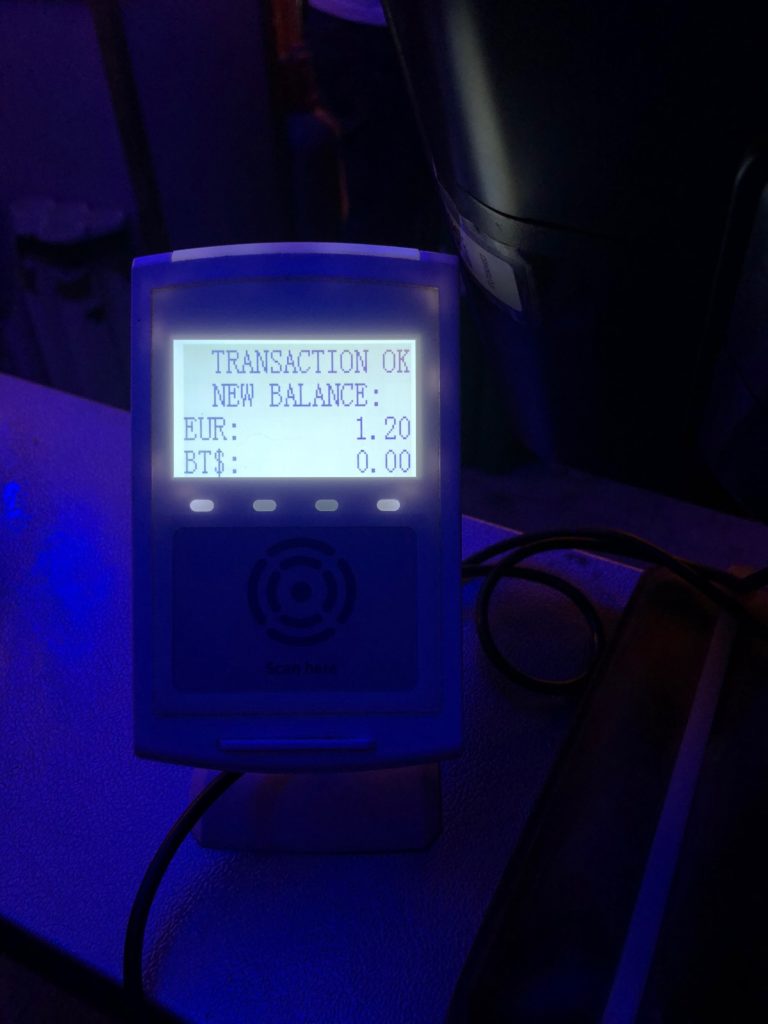
The swipe thingie – notice the Bitcoin balance :)


